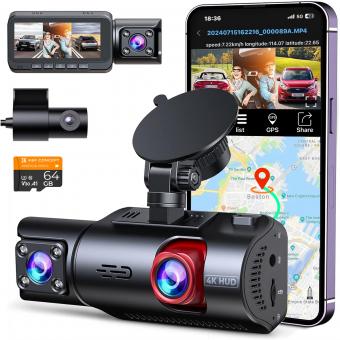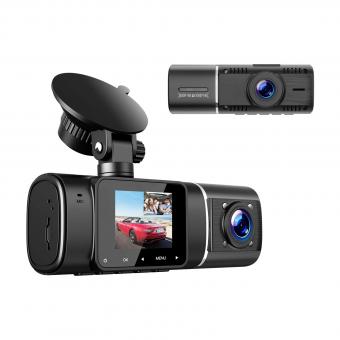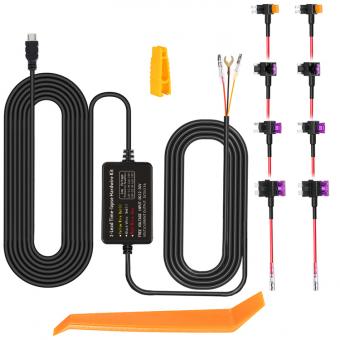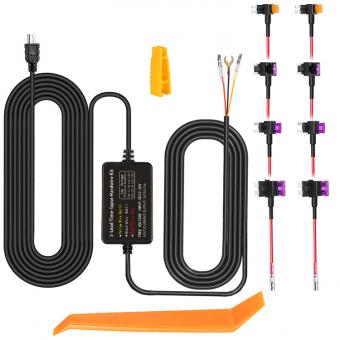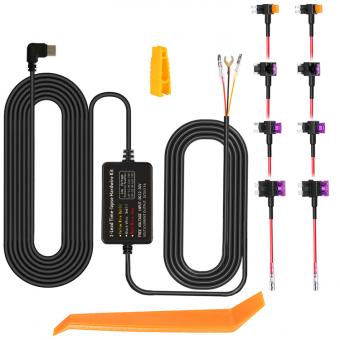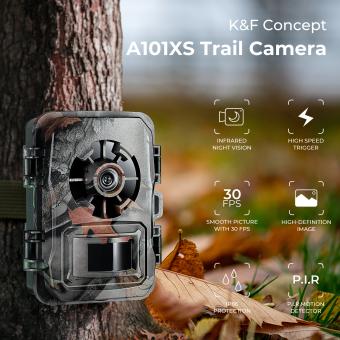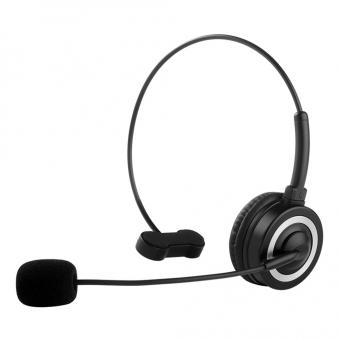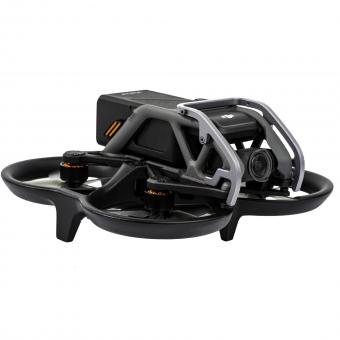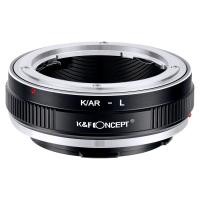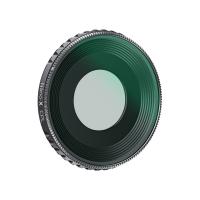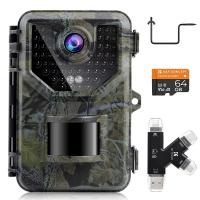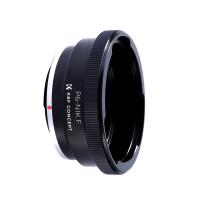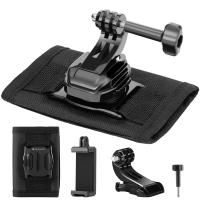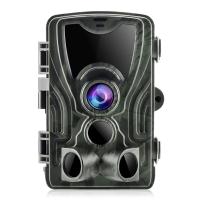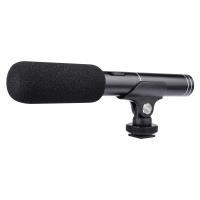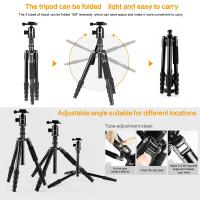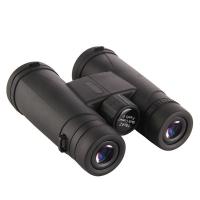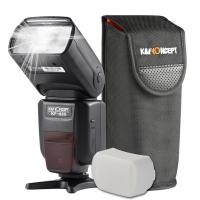How Does Car Dash Cam Work?
Car dash cameras, commonly referred to as dash cams, have become more popular over recent years due to their potential to provide critical evidence in the event of an accident, protection against insurance fraud, and even the ability to record interesting or unexpected road events. Understanding how these devices work and their benefits can help users make informed decisions about which dash cam to install and how to utilize its full potential. In this article, we'll delve into the intricacies of dash cams, explore their functionalities, and address common user questions.
What is a Dash Cam?
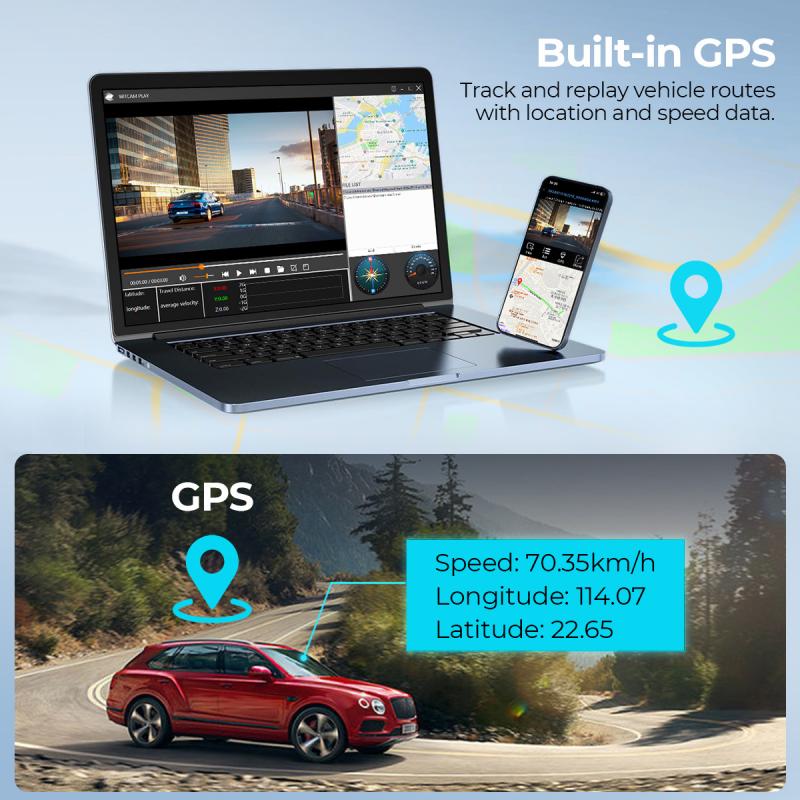
A dash cam is a small video recording device that is typically mounted on the dashboard or the windshield of a vehicle. These cameras continuously record the view through a car's front windscreen and sometimes back or interior views, depending on the type of dash cam. They are powered by the car’s electrical system, usually via the cigarette lighter socket or a more permanent wired installation.
How Dash Cams Work: Technical Breakdown
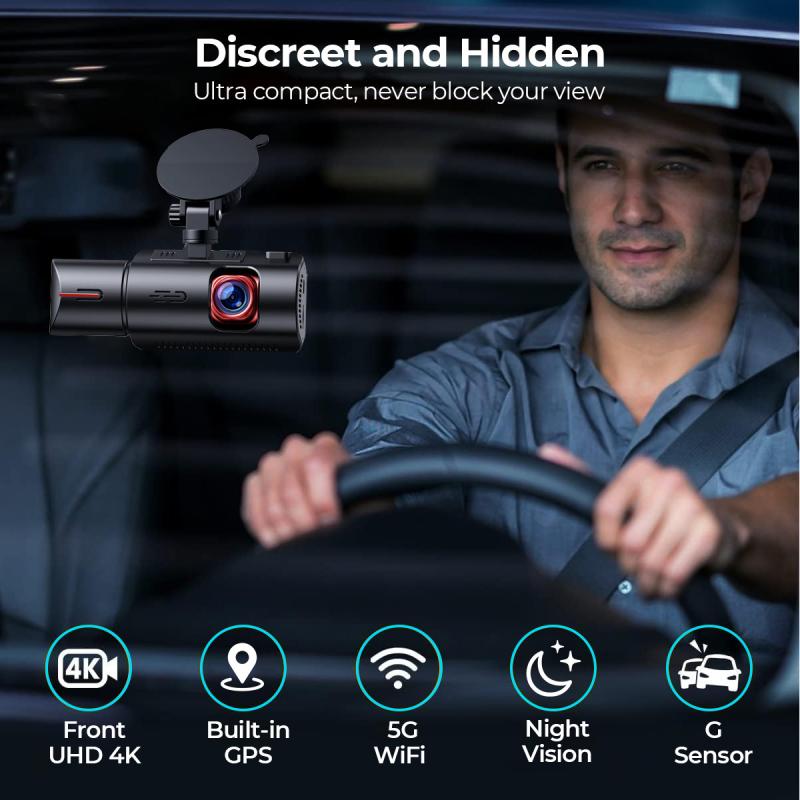
Power Source
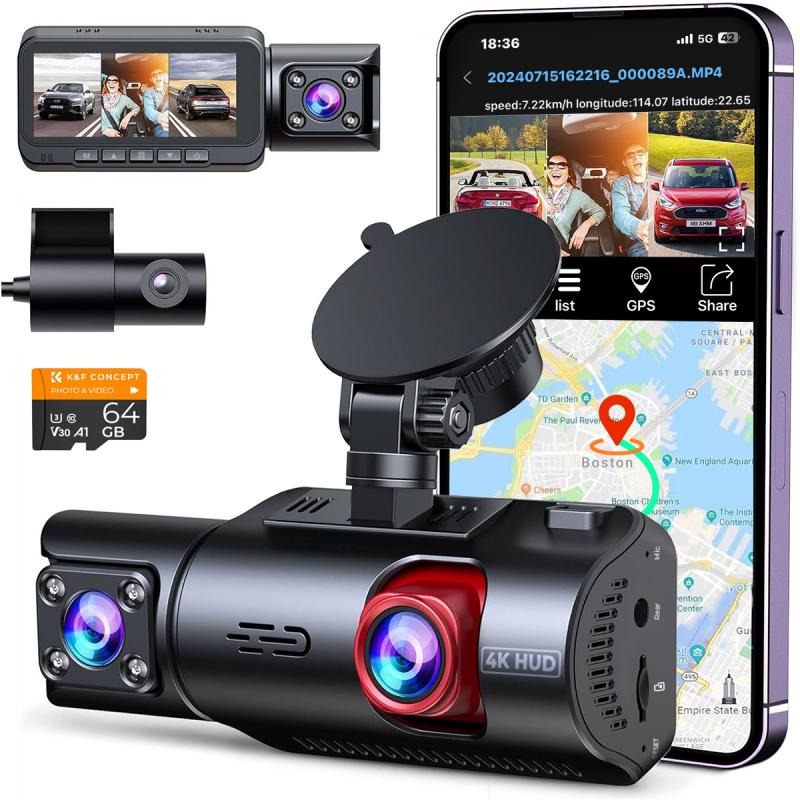
Dash cams are usually powered through the car’s electrical system. The most common power options include:
- 12V Cigarette Lighter Adapter: The simplest and most popular method. It powers the camera while the car is on and may have a battery or capacitor to keep it running for a short period after the car is turned off.
- Hardwiring to Fuse Box: This provides a more permanent solution and allows the camera to record even when the car is off, depending on the settings.
Video Recording

Dash cams can record continuously or in designated time loops, generally from 1 to 5 minutes per segment. This loop recording ensures that once the memory card is full, the oldest footage is overwritten by the newest footage, allowing for a continuous recording.
- Resolution: Modern dash cams offer varying resolutions from 720p HD to 4K Ultra HD, which dictate the quality of the recorded footage.
- Frame Rate: Most dash cams record at 30 frames per second (fps), but higher-end models may offer 60 fps for smoother motion capture.
- Field of View: Dash cams feature different angles of view, typically ranging from 120° to 170°. Wider angles capture more of the surroundings but may introduce edge distortion.
Storage
Dash cams store video files on removable SD cards, ranging in capacity from 32GB to 256GB and beyond. Some models also support cloud storage for additional security.
- Recording Time: The recording time depends on the storage capacity and the chosen resolution. For example, a 64GB card might store around 8-10 hours of 1080p video.
Additional Features
- GPS: Built-in GPS modules tag footage with location data, which is useful for documenting the route and speed.
- G-Sensor: This sensor detects sudden changes in motion, such as a collision, and automatically saves the relevant video file to prevent it from being overwritten.
- Wi-Fi: Enables easy access to video files via a smartphone app for on-the-go viewing and downloading.
- Night Vision: Infrared LEDs or advanced low-light sensors improve video quality in poor lighting conditions.
Practical Benefits of Dash Cams
Accident Evidence
The primary benefit of a dash cam is the unequivocal evidence it can provide in the event of a road incident. Having an impartial video record can expedite the insurance claim process and support legal proceedings if necessary. Insurance fraud, such as staged accidents, can also be curtailed with solid video evidence.
Prevents Misbehavior
Dash cams can deter negative behaviors both from within and outside the car. Drivers aware that their actions are being recorded are more likely to drive responsibly. Likewise, it can dissuade traffic-related road rage incidents and discourage other drivers from engaging in aggressive tactics.
Capturing Unexpected Events
From natural disasters to meteors, dash cams can capture unexpected and fascinating events. This footage can be valuable not only for personal memories but also for contributing to broader scientific or newsworthy findings.
Fleet Management
For businesses, dash cams can serve as an essential tool in fleet management. They assist in monitoring driver behavior, ensuring compliance with road regulations, and providing logistics data such as route tracking and incident logs.
Parking Assistance
High-end dash cams offer ‘parking mode’ features that record footage when parked, triggered by motion or impact. This can prove invaluable in hit-and-run situations or vandalism claims.
How to Choose the Right Dash Cam
With myriad options available, choosing the right dash cam can be challenging. Here are some key factors to consider:
- Resolution and Frame Rate: Higher resolution and frame rates ensure better video quality. Opt for at least 1080p and 30 fps.
- Field of View: A wider field of view provides more coverage but ensure it does not overly distort the image.
- Night Vision Capabilities: Ensure the dash cam has suitable night vision capabilities for clear footage in low-light conditions.
- Storage and Loop Recording: Ensure the dash cam supports sufficient storage and has reliable loop recording features.
- Additional Features: GPS, G-sensor, and Wi-Fi connectivity can add significant value.
- Price and Warranty: While cheaper options are appealing, higher quality and durable devices offer better long-term value.
Setting Up and Maintaining a Dash Cam
Installation
Installation can be straightforward or more complex depending on the model and desired setup. Basic steps generally include:
1. Mounting: Attach the dash cam to the windshield using suction cups or adhesive mounts.
2. Power Connection: Connect the dash cam to the power source – either via the cigarette lighter or through hardwiring.
3. Cable Management: Use clips to manage and hide wires for a neat installation.
4. Configuration: Set up the camera’s settings, such as resolution, loop recording duration, and additional features.
Maintenance
- Update Firmware: Keep the camera's firmware updated for improved performance and new features.
- Check SD Card: Regularly check and format the SD card to ensure proper functioning.
- Clean Lens: Keep the lens clean for the best video quality.
Dash cams are valuable tools for enhancing road safety, providing crucial evidence, and capturing remarkable moments. By understanding how they work and the features they offer, users can make informed choices about which dash cam best meets their needs. Whether for personal security, legal protection, or simple peace of mind, a dash cam is a worthy investment for today’s drivers.

